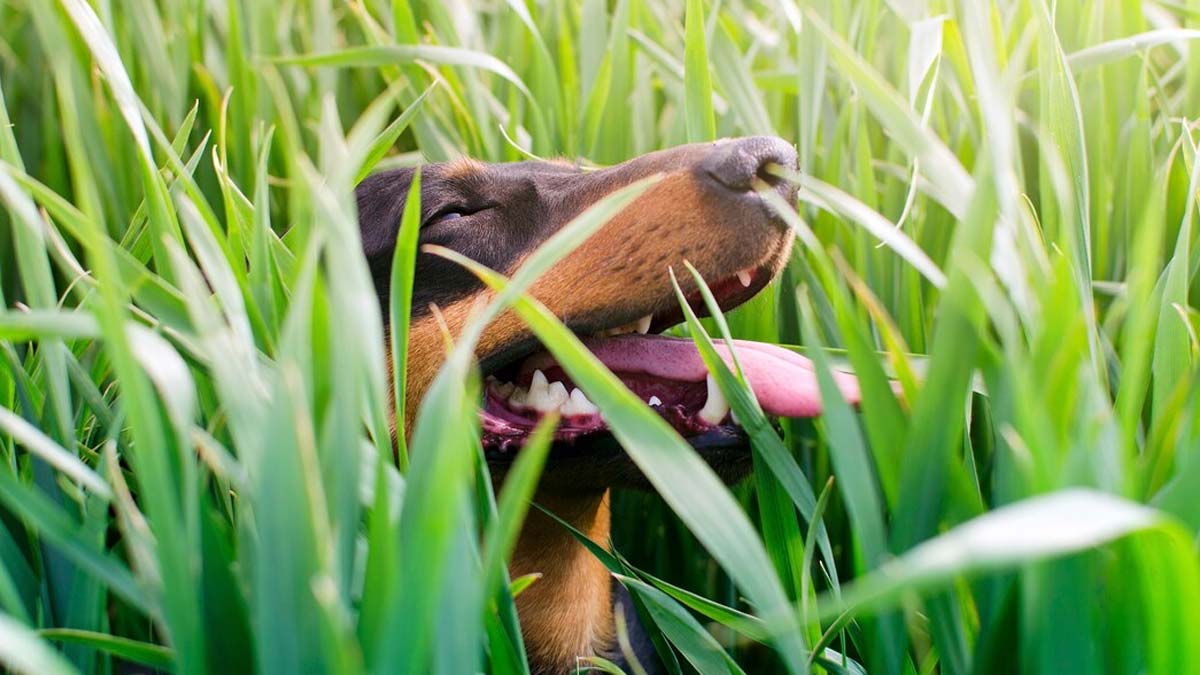Dogs are known for their curious nature and tendency to explore their surroundings, often leading them to ingest items that may be harmful. Apart from their regular dog food, they may consume various things they encounter, ranging from litter on the sidewalk to freshly planted flower bulbs in your garden. While some of these items may be merely unpleasant, others can pose serious risks to your pet's health. There exists a plethora of plants that are poisonous to dogs and can cause harm if ingested.
While you may not have control over the plants growing outdoors, you can take measures to ensure that the indoor plants you keep are non-toxic, especially if you have dogs. Here are five plants that are toxic and should be avoided indoors if you are a dog owner.
Poisonous Plants For Dogs
Tulip Plant
Tulips are known for their diverse array of varieties and colours, making them popular choices for bouquets and home decor. With their distinctive cup-shaped blooms, they hold a special place in the hearts of many garden enthusiasts.

However, despite their charming appearance, tulips pose a risk to dogs as they contain toxic compounds known as tulipalins A and B, primarily found in the bulbs. Ingestion of tulip plants can lead to digestive issues in dogs and cats, including nausea, vomiting, diarrhoea, and abdominal pain. Additionally, affected pets may exhibit symptoms such as tremors and changes in mood.
Sago Palm Plant
While the Sago palm serves as a natural air purifier, effectively removing common toxins such as benzene and formaldehyde from indoor spaces, it poses a significant danger to dogs. All parts of this popular house and garden plant contain toxins, but the seeds/nuts are particularly toxic to dogs and cats. Unfortunately, these seeds are easier for pets to consume compared to the prickly fronds. Ingestion of the Sago palm can result in severe gastrointestinal upset, affecting the nervous system, and causing liver damage due to the toxic compounds contained within.
Don't Miss: Top 5 Easy-To-Manage Indoor Plants
Aloe Vera
While Aloe vera may offer relief for sunburns and other skin irritations in humans, it's essential to keep it away from your furry companions. Despite its soothing properties for humans, Aloe vera is considered one of the most dangerous plants for dogs. Ingestion of Aloe vera can result in mild to moderate toxicity in dogs, leading to symptoms such as vomiting, lethargy, depression, tremors, and changes in urine. Therefore, it's crucial to ensure that your pets do not have access to Aloe vera plants or products containing Aloe vera to prevent any potential harm.

Dumb Cane Plant
These indoor plants typically feature lush green leaves adorned with white spots or stripes. However, if your dog happens to nibble on the leaves, they may experience a sensation akin to burning in their mouth, tongue, and lips. This discomfort is caused by calcium oxalate crystals, which are also present in philodendrons. According to Ann Hohenhaus, DVM, DACVIM, a veterinarian as per the website Chewy, other symptoms of ingestion may include drooling, vomiting, and difficulty breathing.
Don't Miss:5 Indoor Plants To Decorate Your Home This Summer
Herzindagi.com is Jagran New Media's gender and lifestyle vertical, catering to women of all age groups, helping them remain updated, on-trend and aware. To improve our performance and understand our readers' interests better, we have created this poll. This will take 2 minutes of your time, do help us out. Click here to fill out the form.
Image courtesy: Freepik

Take charge of your wellness journey—download the HerZindagi app for daily updates on fitness, beauty, and a healthy lifestyle!

Comments
All Comments (0)
Join the conversation